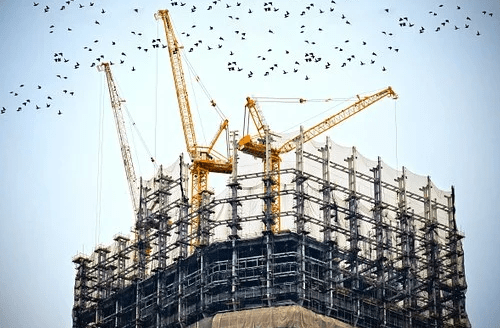Building Safety
Who is responsible for costs relating to fire safety works on high-rise flats?
The House of Commons Library has released a briefing paper considering debates over who is responsible for paying for fire safety works on blocks of flats in the wake of the Grenfell Tower fire.
 After the Grenfell Tower fire in June 2017, the Government established a Building Safety Programme with the aim of “ensuring that residents of high-rise residential buildings are safe, and feel safe from the risk of fire, now and in the future”.
After the Grenfell Tower fire in June 2017, the Government established a Building Safety Programme with the aim of “ensuring that residents of high-rise residential buildings are safe, and feel safe from the risk of fire, now and in the future”.
The paper has been updated to reflect that, on 10 January 2022, Michael Gove, Secretary of State, said the next phase of the Building Safety Fund would open later in the year “to drive forward taking dangerous cladding off high-rise buildings, prioritising the government’s £5.1 billion funding on the highest risk.”
The question of who should pay for the work is at the forefront of debate about how quickly the work can be done and the financial implications for long leaseholders.
The issued press release stated:
- Leaseholders living in their own flats will not face any costs to fix dangerous cladding, with developers and cladding companies paying instead.
- Industry given two months to agree to a plan of action to fund remediation costs, currently estimated at £4 billion.
There is a government commitment to introduce amendments to the Building Safety Bill, currently before Parliament, to “protect leaseholders from having costs passed on unfairly by the owners of the freeholds of these buildings.” The precise nature of these protections and who will be covered is currently unclear.
The Levelling Up, Housing and Communities Select Committee (LUHC), is conducting an inquiry into the implications of the 10 January 2022 announcement.
There have been several inquiries into progress with remediation works.
Concerns span the following areas:
- The slow pace of remediation work.
- Lack of information on the number of blocks with unsafe non-ACM cladding.
- The adequacy of Government funding. The Public Accounts Committee (September 2020) said: “The Department is not fully funding the replacement of forms of dangerous cladding which are different from that used on Grenfell Tower”.
- Exclusions from the Building Safety Fund.
- The lack of assistance for other fire safety defects and interim measures.
- The lack of assistance for blocks under 11 metres in height.
- The impact on leaseholders facing rising costs and who are unable to sell their homes. The LUHC Committee described the physical and mental toll on affected leaseholders as a public health crisis.
Who is responsible for costs relating to fire safety works on high-rise flats?
The House of Commons Library has released a briefing paper considering debates over who is responsible for paying for fire safety works on blocks of flats.
Barbour EHS
SHP - Health and Safety News, Legislation, PPE, CPD and Resources Related Topics
Graham Watts OBE appointed Chair of BSCF
Legal insight: Common errors in fire safety
‘All roads lead to the client’: IOSH Aviation and Aerospace Conference

